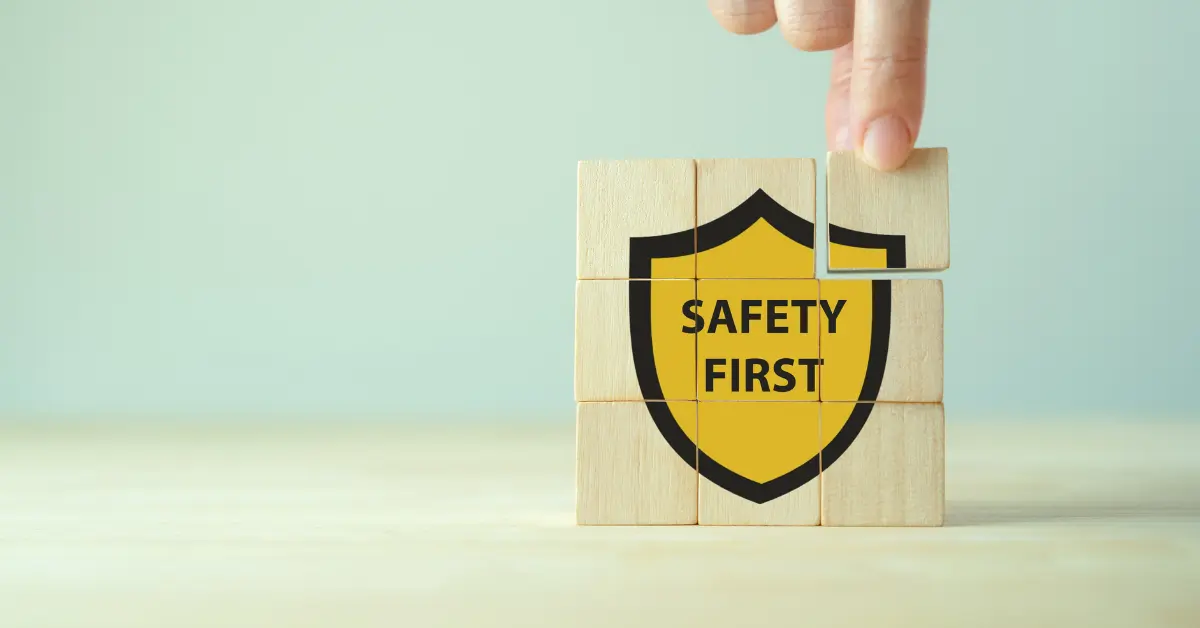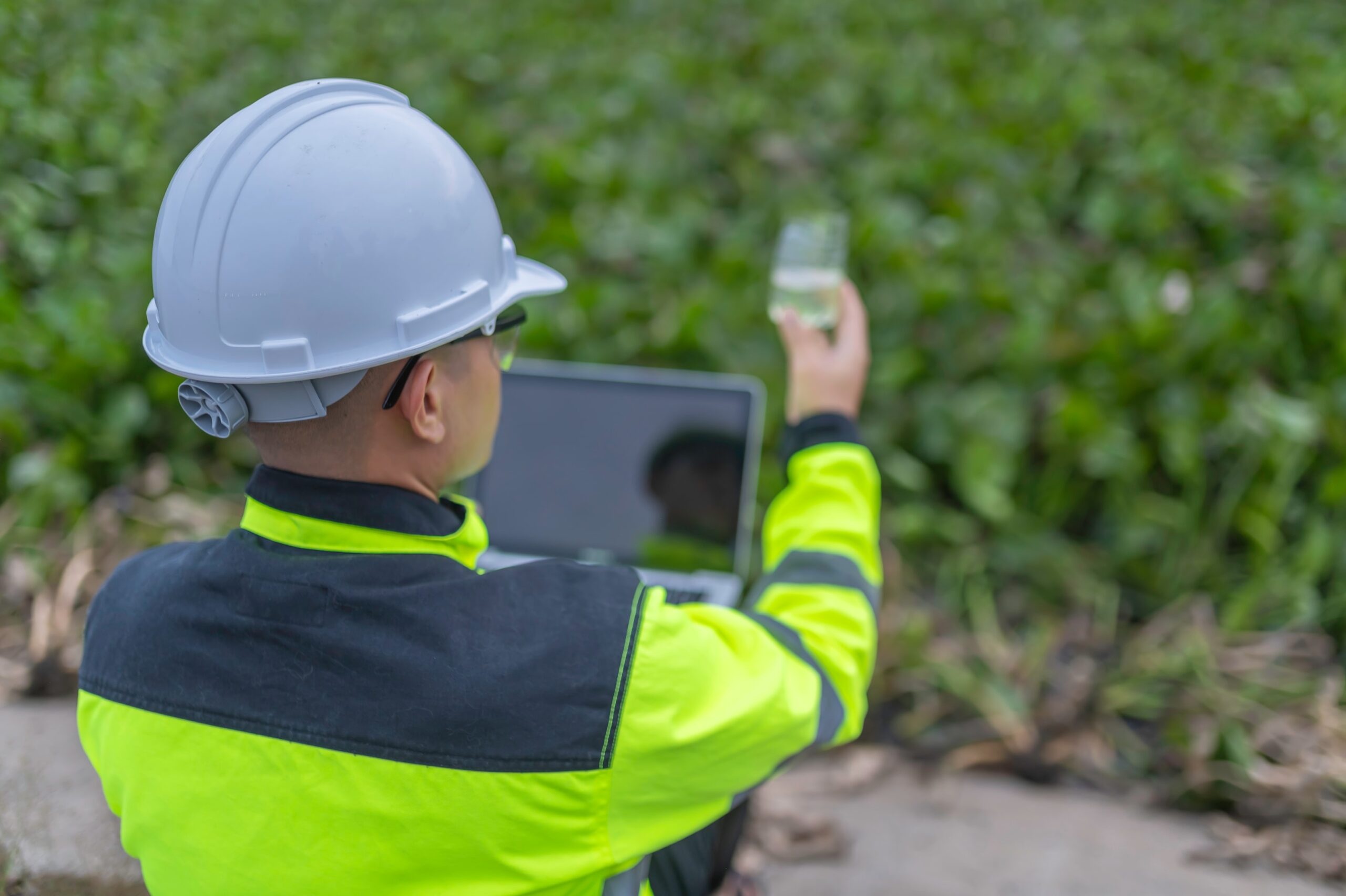In today’s fast-paced business environment, maintaining a robust safety culture is more critical than ever. But what exactly is a safety culture, and how can it transform your organization? This blog dives deep into this crucial aspect of workplace management and explores how safety consultants can help you build a culture that prioritizes the well-being of every team member.
Key Takeaways:
- Safety Culture is More Than Compliance: It extends beyond following rules and regulations; it involves embedding safety as a core value in every decision, behavior, and action across the organization.
- Role of Safety Consultants: Safety consultants provide specialized expertise, offering tailored risk assessments, employee engagement strategies, and training programs that foster a robust safety culture.
- Benefits of a Strong Safety Culture: Investing in a safety culture reduces incidents, improves employee morale, boosts productivity, and enhances a company’s reputation.
- Practical Steps for Building Safety Culture: Implementing regular training, clear reporting systems, leadership involvement, and employee recognition are key strategies for improving safety culture.
- Measuring and Innovating in Safety: Use tools like safety climate surveys, incident tracking, and emerging technologies such as AI and VR training to assess and continuously improve your safety initiatives.
Understanding Safety Culture: More Than Just Rules and Regulations
The immediate impression upon entering an industrial facility or construction site can be highly informative. The presence or absence of a robust safety culture is often immediately apparent, manifesting in the behavior of personnel and the overall operational atmosphere.
This initial observation frequently reveals the extent to which safety protocols have been integrated into the organization’s core processes and employee conduct. Such distinctions form the foundation of what industry professionals term ‘safety culture.’
Safety culture goes beyond wearing hard hats and following regulations. It’s a set of shared values, attitudes, and beliefs that place occupational safety at the forefront of every decision and action within an organization. A strong safety culture isn’t just about compliance; it’s about creating an environment where every employee feels responsible for their own safety and the safety of their colleagues.
Key Components of a Strong Safety Culture:
- Leadership commitment
- Employee involvement
- Continuous improvement
- Open communication
- Learning from incidents
The Role of Safety Consultants in Cultivating a Safety Culture
It is a common misconception that the mere existence of safety regulations and guidelines is sufficient to ensure workplace safety. However, this approach often falls short of creating a truly effective safety environment.
This is where the role of safety consulting becomes pivotal. Safety consultants provide specialized expertise and an external perspective that can significantly enhance an organization’s safety culture, elevating it from adequate to exemplary.
How Safety Consultants Transform Safety Culture:
Risk Assessment and Management
Safety consultants conduct thorough analyses of potential hazards within an organization’s operational framework. They employ advanced risk assessment methodologies to identify both obvious and subtle risks.
Based on these assessments, consultants develop tailored strategies to mitigate identified risks, often introducing innovative solutions that may not be apparent to those within the organization.
Employee Engagement
This involves developing leadership engagement strategies for C-suite executives, creating middle management accountability frameworks, and implementing frontline worker participation programs. This comprehensive approach ensures that safety becomes a shared responsibility, ingrained at every level of the organization.
Training and Education
Safety consultants design and implement state-of-the-art training programs that go beyond basic compliance. These programs typically include interactive workshops on emerging safety technologies, scenario-based training to enhance decision-making in high-risk situations, and regular updates on evolving industry standards and best practices.
This continuous education approach keeps the workforce informed and prepared for evolving safety challenges.
Policy Development
They assist in crafting comprehensive safety policies that are both robust and adaptable. This process involves aligning safety policies with broader organizational objectives, ensuring compliance with current regulations while anticipating future legislative changes, and developing clear implementation guidelines and performance metrics. These policies serve as the foundation for a sustainable safety culture.
Cultural Integration
This cultural integration and sustainability effort involves developing communication strategies that reinforce safety as a key organizational value, creating recognition and reward systems that incentivize safe behaviors, and establishing feedback mechanisms to continuously improve safety processes.
By doing so, consultants help transform safety from a set of rules into an integral part of the organizational ethos, ensuring long-term sustainability of the safety culture.
The Impact of a Strong Safety Culture on Your Organization
Investing in a robust safety culture isn’t just about preventing accidents; it’s about creating a more engaged, productive, and successful workplace. Let’s explore the multifaceted benefits:
Reduced Incidents and Injuries
A study by the National Safety Council found that companies with strong safety cultures experience 48% fewer safety incidents. This reduction not only protects employees but also saves on costs related to injuries, downtime, and potential legal issues.
Improved Employee Morale and Retention
When employees feel that their safety is a top priority, it boosts morale and job satisfaction. A survey by the American Psychological Association revealed that 89% of workers at companies that support well-being initiatives are more likely to recommend their company as a good place to work.
Enhanced Productivity and Quality
Safe workers are more productive workers. A study in the Journal of Occupational and Environmental Medicine found that health and safety programs can increase productivity by up to 5%.
Better Reputation and Customer Relations
A strong safety culture can enhance your company’s reputation, leading to improved customer relations and potentially new business opportunities.
Practical Steps to Improve Your Safety Culture
Building a strong safety culture doesn’t happen overnight, but there are practical steps you can take to start the transformation:
- Implement Regular Safety Training
- Conduct mandatory training sessions for all employees
- Cover topics from hazard identification to proper use of personal protective equipment
- Use interactive and engaging training methods to ensure retention
- Establish Clear Reporting Procedures
- Create user-friendly systems for reporting unsafe conditions or near-misses
- Consider digital platforms, suggestion boxes, or regular safety meetings
- Ensure anonymity to encourage honest reporting
- Recognize and Reward Safe Practices
- Implement a recognition program for employees who demonstrate exceptional safety awareness
- Offer incentives for departments or teams that achieve safety milestones
- Publicly acknowledge safety champions in company meetings or newsletters
- Lead by Example
- Ensure management actively participates in safety initiatives
- Have leaders regularly conduct safety walk-throughs
- Incorporate safety discussions into all levels of decision-making
- Foster Open Communication
- Create an environment where employees feel comfortable discussing safety concerns
- Hold regular safety meetings to address issues and share best practices
- Implement a suggestion system for safety improvements
Measuring the Effectiveness of Your Safety Culture
As management guru Peter Drucker famously said, “What gets measured gets managed.” This principle applies directly to safety culture. Here are some ways to measure the effectiveness of your safety initiatives:
One primary assessment tool is the safety climate survey, which provides critical insights into employees’ perceptions of organizational safety commitment. These surveys offer a nuanced understanding of how safety protocols are experienced and internalized across various organizational levels.
Incident and near-miss reporting analysis forms another cornerstone of safety culture assessment. By meticulously tracking the frequency and severity of incidents, as well as potential near-misses, organizations can identify emerging trends and areas necessitating improvement. This data-driven approach enables targeted interventions and resource allocation.
The implementation of safety observation programs represents a proactive strategy in safety culture measurement. These programs empower employees to actively observe and document both safe and unsafe behaviors, fostering a culture of mutual accountability and continuous improvement.
Leading indicators serve as predictive metrics in safety culture assessment. These proactive measures may include quantifying safety training hours, tracking the number of identified and mitigated hazards, or monitoring the implementation rate of employee-generated safety suggestions. Such indicators provide valuable foresight into the trajectory of an organization’s safety culture.
Employee engagement metrics, particularly participation rates in safety-related activities, offer tangible evidence of workforce commitment to safety initiatives. Monitoring involvement in safety committees, attendance at training sessions, and participation in other safety-centric activities provides a clear indicator of the pervasiveness of safety culture within the organization.
The Future of Safety Culture: Embracing Technology and Innovation
As we look to the future, technology will play an increasingly important role in shaping safety culture:
- Wearable Technology: Smart PPE can monitor worker fatigue, exposure to harmful substances, and other safety factors in real-time.
- Virtual Reality Training: VR can provide immersive, risk-free environments for employees to practice handling dangerous situations.
- AI and Machine Learning: These technologies can predict potential hazards before they occur, allowing for proactive intervention.
- Mobile Apps: Easy-to-use apps can streamline reporting processes and provide instant access to safety information.
- Data Analytics: Advanced analytics can help identify trends and patterns in safety data, informing more effective strategies.
FAQs About Safety Culture and Safety Consultants
What is the difference between safety compliance and safety culture?
Safety compliance refers to meeting the minimum legal requirements and industry standards for workplace safety. Safety culture, on the other hand, goes beyond compliance.
It involves creating an environment where safety is a core value, influencing all decisions and behaviors within the organization. While compliance is mandatory, a strong safety culture is voluntary and proactive, often exceeding regulatory requirements.
How long does it typically take to see improvements in safety culture after engaging a consultant?
The timeframe for seeing significant improvements in safety culture can vary depending on the organization’s size, current safety practices, and commitment to change. However, some positive changes can often be observed within 3-6 months of implementing a consultant’s recommendations. More substantial, organization-wide cultural shifts may take 1-2 years to fully develop and solidify.
Can safety consultants help with industry-specific safety challenges?
Yes, many safety consultants specialize in specific industries or have broad experience across multiple sectors. They can provide tailored advice and solutions for industry-specific challenges, whether it’s in construction, manufacturing, healthcare, or any other field. When engaging a consultant, it’s beneficial to inquire about their experience in your particular industry.
How do safety consultants stay updated on the latest safety regulations and best practices?
Professional safety consultants maintain their expertise through continuous education, industry certifications, and active participation in professional organizations. They regularly attend conferences, workshops, and seminars and stay informed about regulatory changes and emerging technologies in workplace safety. This ongoing learning ensures they can provide the most current and effective advice to their clients.
The Ongoing Journey of Safety Culture
Creating a positive and effective safety culture is not a one-time effort but an ongoing journey. It requires dedication, consistent reinforcement, and buy-in from every level of the organization. However, the rewards far outweigh the challenges.
Remember, safety culture is not just about rules and regulations—it’s about creating an environment where every employee feels valued, protected, and empowered to contribute to a safer workplace.
By prioritizing safety culture, you’re not just protecting your employees; you’re investing in the long-term success and sustainability of your organization. Start your journey towards a stronger safety culture today, and watch as it transforms your workplace into a safer, more productive, and more successful environment for all.
EHS Momentum specializes in guiding organizations through this crucial evolution. Their insights and methodologies can help crystallize your safety vision and implement effective strategies for its realization. Contact EHS Momentum today to take the first step towards a safer, more productive, and ultimately more successful organizational future!







